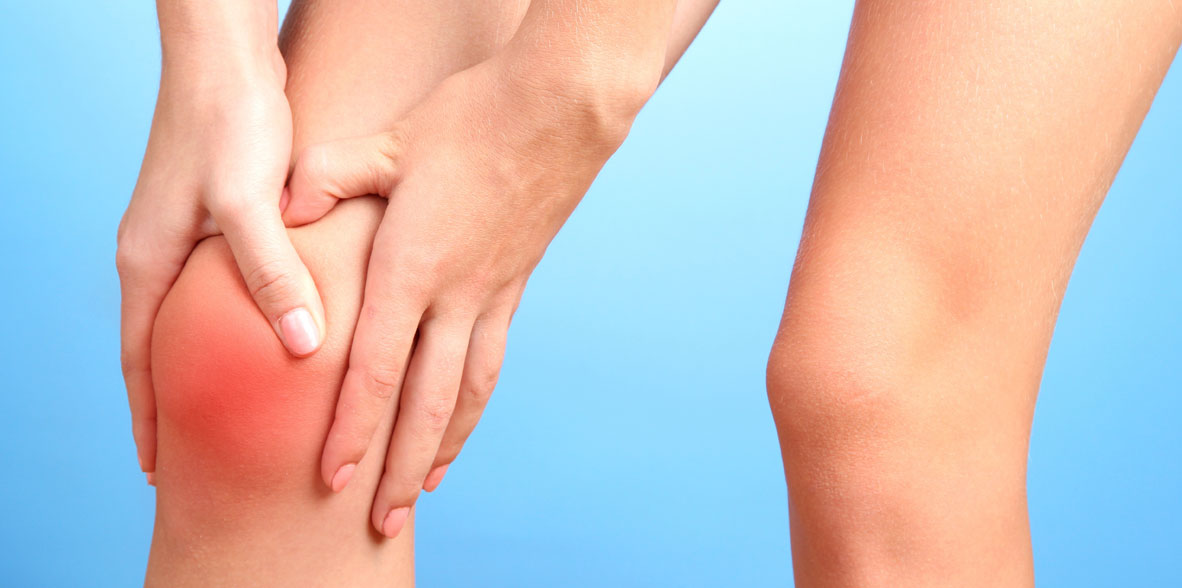

 Centro Médico Teknonen/health-centers/centro-medico-teknon
Centro Médico Teknonen/health-centers/centro-medico-teknon- Centro Médico Teknonen/health-centers/centro-medico-teknonHospital Universitari General de Catalunyaen/health-centers/hospital-universitari-general-catalunya
 Centro Médico Teknonen/health-centers/centro-medico-teknonHospital Universitari Sagrat Coren/health-centers/hospital-universitari-sagrat-cor
Centro Médico Teknonen/health-centers/centro-medico-teknonHospital Universitari Sagrat Coren/health-centers/hospital-universitari-sagrat-cor
A Baker's cyst, also known as a popliteal cyst, is an accumulation of synovial fluid—the lubricating fluid found in joints—that forms a pocket behind the knee, in an area called the popliteal fossa. The cyst is not a true cyst but rather an extension of the knee joint capsule. When pressure builds within the knee joint, fluid can be pushed out into the back of the knee, creating a swelling that can range in size.
While a Baker’s cyst can occur in people of all ages, it is most common in adults over 35, often in those with underlying joint issues or knee injuries.
Baker’s cysts are usually secondary to knee joint disorders that cause inflammation or increased fluid production. Key causes include:
- Osteoarthritis: The most common cause, especially in older adults. Osteoarthritis leads to joint degeneration, causing inflammation and fluid buildup.
- Rheumatoid arthritis: This autoimmune condition results in inflammation of the knee joint lining, increasing synovial fluid production and potentially leading to a cyst.
- Meniscus tears: Injury to the meniscus can cause joint instability and inflammation, prompting the knee to produce excess fluid, which may accumulate behind the knee.
- Gout and pseudogout: These crystalline arthropathies can cause acute inflammation within the knee joint, increasing the likelihood of a Baker’s cyst.
- Knee injuries: Acute injuries like ligament tears or knee trauma can lead to swelling and increased fluid production as the joint responds to injury.
A Baker’s cyst develops when there is excess synovial fluid in the knee joint. The knee joint has a capsule surrounding it, lined with a synovial membrane that produces the synovial fluid. When the knee experiences inflammation or irritation due to one of the conditions above, the synovial membrane can produce excess fluid. Under pressure, this fluid may be pushed out through a small opening in the back of the knee capsule, creating a fluid-filled sac behind the knee.
In some cases, a one-way valve effect may occur, where the fluid flows out to the back of the knee but is unable to return to the joint. This effect causes the cyst to grow, sometimes leading to significant discomfort or a visible bulge behind the knee.
Baker’s cysts can vary greatly in size and symptoms. Many are small and asymptomatic, discovered only incidentally during imaging for other issues. However, larger cysts or those under pressure can lead to noticeable symptoms, including:
- Swelling behind the knee: This is usually the first noticeable sign and may present as a bulge or fullness in the back of the knee, especially when standing.
- Knee pain: Pain may range from mild to severe, depending on the size and pressure of the cyst. Pain often worsens with knee movement or prolonged standing.
- Stiffness and limited range of motion: A larger cyst can impede knee movement, causing stiffness, especially when bending or straightening the leg.
- A feeling of tightness behind the knee: This sensation may occur, especially when the knee is flexed.



































